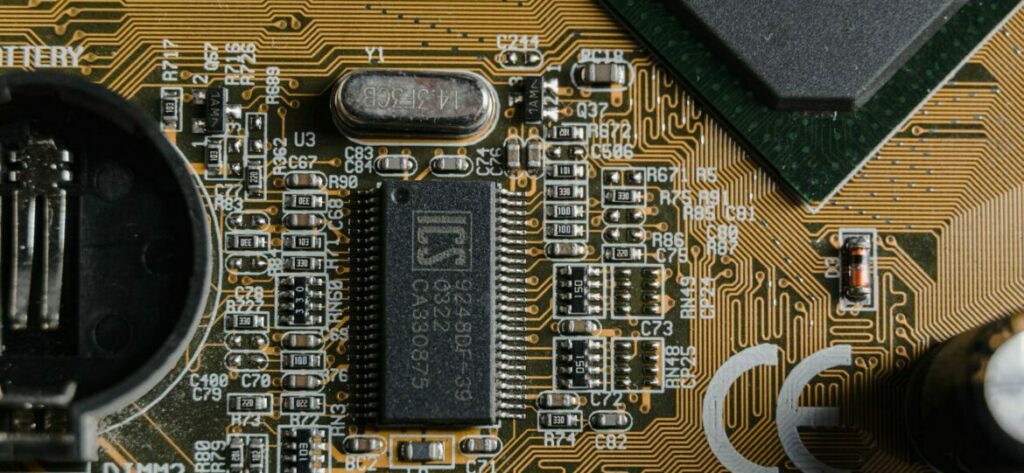October_Silicon Photonics|Global Silicon Photonics Market Overview(Up)
With the rapid development of new technologies such as AI, IoT, and 5G driving the demand for huge amounts of data computation, in addition to the use of high-speed computing chips, inter-chip communication is another key factor to increase the speed of computation. However, the current copper wire transmission is unable to meet this demand due to the problems of signal loss and heat generation, so it is important to introduce optical signal communication. Since light waves carry no charge, have no static mass, do not interfere with each other within the same channel, and have low signal loss and heat generation, they are the best solution for transmitting huge amounts of data, which meets the three major requirements of long transmission distance, large bandwidth, and low energy consumption. Generally, optical communication modules for transmitting and receiving signals include optoelectronic components such as lasers, optical switches, modulators, detectors, etc., and optical components such as waveguides, couplers, filters, etc. In the past, these components were placed on circuit boards, but integrating them into a single chip can increase the speed of signal transmission and reduce energy consumption. Silicon photonics technology for wafer fabrication has been developed because silicon has the following advantages.










